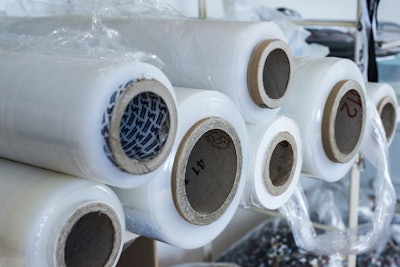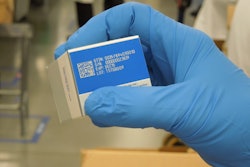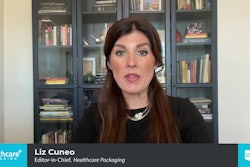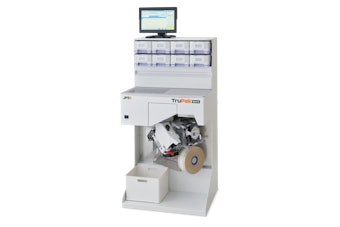
A new report from Smithers Pira, “The Future of Global Packaging to 2020,” provides an overview on the status of the packaging industry in 17 major and 33 smaller markets. This study on global packaging examines current market sizes, market and technology trends and forecast demand over the next five years.
Packaging is an essential everyday item in developed markets and this is increasingly becoming the case in emerging markets. The market for global packaging amounted to $812 billion in 2014, with an annual growth rate of 4.2% over the period 2010–14.
Packaging is forecast to grow at an annual rate of 3.5% between 2015 and 2020, and is expected to reach $998 billion at today’s prices. This forecast growth is expected to be driven by Asia, stronger growth in regions that have struggled in recent years, particularly Western and Eastern Europe.
“Following the financial crisis of 2008/09 that caused a significant decline in global sales of packaging, the market has picked up somewhat in recent years, although it does face continued challenges,” said Paul Boyce, co-author of the report. “Continued urbanization, growth in cost per package, sustainability and the growth in the consumer class in emerging markets are all factors that are forecast to drive value growth going forward.”
Asia accounted for the largest share of the packaging market in 2014, followed by North America and Western Europe. Growth in packaging consumption has remained positive and reliably strong for the Asian region and there is still much potential for growth as the consumer class becomes more fully realized and consumption of cosmetics and other fast-moving consumer goods—as well as healthcare—grows.
Flexible plastic packaging was the fastest-growing market globally in 2014, followed by rigid plastic packaging, with board packaging representing the third-fastest growing sector. Looking ahead, flexible plastic packaging is predicted to continue as the fastest-growing packaging category.
Sustainability has become an increasingly prominent issue in packaging.One of the main packaging developments in recent years is the increased incorporation of bio-based PET into brands packaging supply chain. Coca-Cola is one of the most recent brands to release a bio-based PET bottle on the market, named the PlantBottle, which is made from 100% bio-based materials.
Sustainability issues have enhanced the focus and presence of lightweighting. It has become a common trend for packaging converters to reduce the weight of their products in order to reduce costs associated with transportation, reduce CO2 emissions, and to help create a more sustainable supply chain. In the last 20 years, the weight of an average 50cL plastic bottle has been reduced by around 50%. Lightweighting is also occurring in other markets such as metal, glass and board.






















